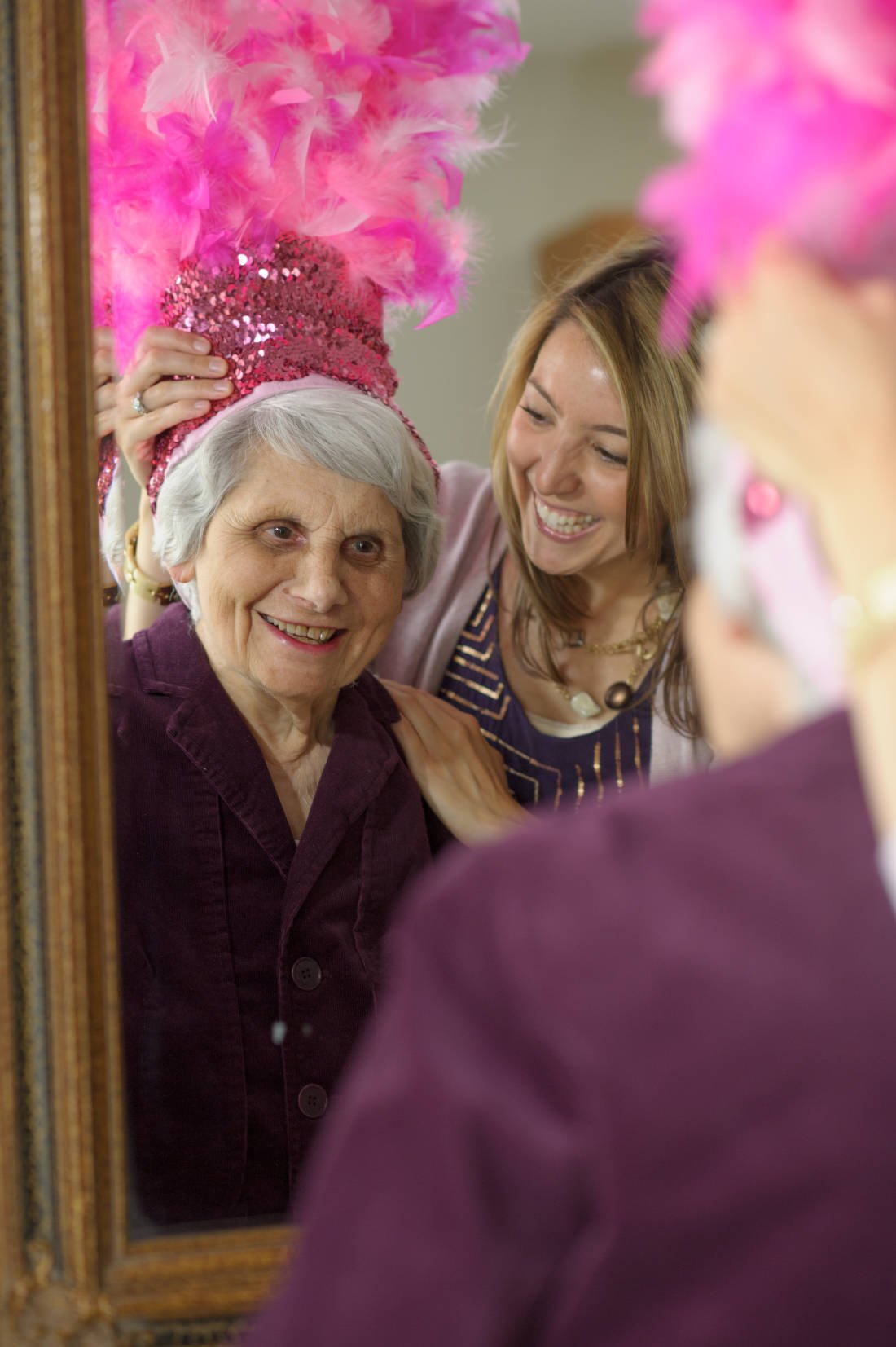Feeling Sandwiched? Here's What You Need to Know
assisted living | Aging & Caregiving
 If you hadn't yet heard the term “sandwich generation,” it is only a matter of time: nearly half of middle-aged American adults fall into this category, and you may too if you’re currently caring for an aging parent while simultaneously supporting a child of your own.
If you hadn't yet heard the term “sandwich generation,” it is only a matter of time: nearly half of middle-aged American adults fall into this category, and you may too if you’re currently caring for an aging parent while simultaneously supporting a child of your own.
Unfortunately, life in this demographic is not always easy. In fact, the demands of caregiving times two can be twice as overwhelming.
The July observation of Sandwich Generation Month offers the perfect opportunity to raise awareness about this issue and take steps to improve the lives of this growing group of caregivers.
Introducing….the Sandwich Generation
While Today’s Caregiver magazine declares the average American sandwich generation caregiver to be “in her mid-forties, married, employed and [caring] for her family and an elderly parent, usually her mother,” a report from the Pew Research Center indicates that this is an equal opportunity situation: both women and men are likely to be part of the sandwich generation.
Challenges...And Opportunities
Caregiving for an aging parent while supporting your own children presents a number of challenges -- ranging from emotional to financial. However, further research from Pew indicates that members of the sandwich generation are no less happy than other adults.
Still, they’re also more likely to report that they often feel rushed, experience financial stress, and sometimes end up sacrificing their own social lives for the benefit of the loved ones for whom they care.
In spite of these challenges, sandwich generation members are also privy to unique experiences. One topping the list? The ability to witness the unique bond between the younger and older generation. Additionally, many sandwich generation caregivers derive great satisfaction from doing what they feel is right.
Tips for Sandwich Generation Survival
Because members of the sandwich generation may have double the responsibilities of their fellow caregivers, this also means it’s twice as important for them to safeguard their own health and wellbeing.
From carving out time for yourself to asking other family members to chip in, taking control -- as opposed to being swept away by it -- can help you not only endure this unique set of challenges, but also to learn to embrace it.
And don’t forget to acknowledge the sandwich generation members in your own life. A little recognition goes a long way in lightening the load.
Key Takeaways
-
An increasing number of caregivers now find themselves in the “sandwich generation” -- simultaneously caring for aging parents and their own children.
-
Membership in the sandwich generation is not limited to women; men are also affected.
-
While there are unexpected challenges when it comes to this caregiving arrangement, there are also unexpected benefits.
-
Taking steps to protect your own health and wellness can help you not only survive, but thrive in this role.
-
Know a sandwich generation caregiver? Don’t forget to encourage them and acknowledge their hard work this July!
About Marissa Salvesen
My journey into the world of senior living began when I started working for United Methodist Homes in 2010. Starting as an Activities Director at one of our award-winning assisted and independent living communities and then transitioning to Marketing and Promotions Manager for UMH, I now work as the Manager of Mission Development, fostering the Mission and Values of our organization. I love sharing stories about the many ways we build meaningful relationships and enrich the lives of those we serve, and am proud to be part of building UMH’s 140-year legacy of caring. Wondering what makes our communities such special places to live and work? Connect with me and find out!

Our Blog is a 2016 Platinum Generations Award Winner! The Generations Award is an annual international competition for excellence in senior marketing recognizing professionals who have communicated to the 50+ Mature Markets.



